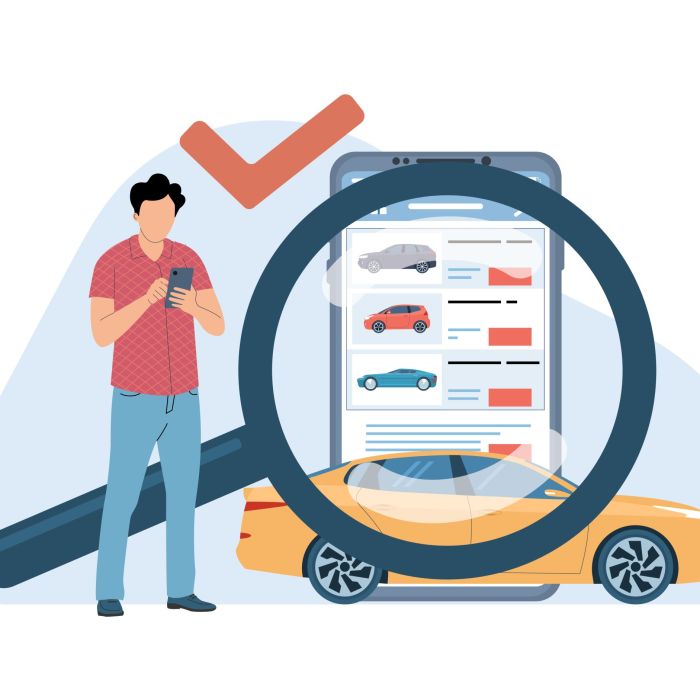Acquiring your first car is an exciting milestone, but it can also be overwhelming. With so many options, financial considerations, and decisions to make, it’s easy to feel lost in the process. However, with the right guidance and preparation, you can navigate the car-buying journey with confidence. This comprehensive guide provides you with the top 10 tips every first-time car buyer should know.
1. Analyze Your Needs and Priorities
The first step in buying a car is understanding your specific needs. Consider how you’ll be using the vehicle:
- Daily Commute: If you’re using the car for daily commuting, fuel efficiency and comfort are key.
- Family Use: For those with a family, space, safety features, and child-friendly options are essential.
- Outdoor Trips: For those who enjoy outdoor activities, a vehicle with off-road capabilities and ample cargo space might be necessary.
- City Driving: In urban environments, a compact car with excellent maneuverability and parking ease may be ideal.
List your must-haves and nice-to-haves. This checklist will help narrow down your options and keep you focused on what truly matters.
2. Set a Realistic Budget
Setting a budget is crucial. Consider not just the purchase price but also the total cost of ownership, which includes:
- Insurance: Rates vary depending on the car model, your driving record, and other factors.
- Fuel: Consider the car’s fuel economy.
- Maintenance and Repairs: Some cars are more expensive to maintain than others.
- Depreciation: New cars lose value rapidly, while used cars may retain value better over time.
- Financing Payments: If you’re financing the car, ensure that your monthly payments fit comfortably within your budget.
Remember, it’s easy to get carried away, but staying within your budget will prevent financial stress down the road.
3. Research Different Models and Options
Before stepping foot in a dealership, do thorough research. Use online resources, car review sites, and consumer reports to compare different makes and models. Key factors to consider include:
- Reliability: Look for cars with a strong reputation for reliability.
- Safety Ratings: Check crash test ratings and the availability of safety features like airbags, ABS, and lane assist.
- Fuel Efficiency: Compare miles per gallon (MPG) ratings for both city and highway driving.
- Resale Value: Some brands and models hold their value better than others.
By conducting your research, you’ll be better equipped to make an informed decision.
4. Consider New vs. Used Cars
Both new and used cars have their pros and cons. Here’s a quick breakdown:
- New Cars:
- Pros: Latest technology, full warranty coverage, no previous wear and tear.
- Cons: Higher price, quick depreciation, higher insurance costs.
- Used Cars:
- Pros: Lower purchase cost, slower depreciation, potential for certified pre-owned (CPO) warranties.
- Cons: Unknown history, potential for wear and tear, fewer options in terms of features and colors.
Determine which option aligns better with your budget and long-term plans.
5. Get Pre-Approved for a Loan
If you’re financing your car, getting pre-approved for a loan can streamline the buying process and give you a better idea of what you can afford. Here’s why it’s beneficial:
- Stronger Negotiating Position: With a pre-approval, you know your budget and can negotiate more effectively.
- Better Interest Rates: Pre-approval allows you to shop around for the best interest rates.
- Streamlined Process: Having your financing sorted out beforehand speeds up the car-buying process at the dealership.
Contact your bank, credit union, or online lenders to get pre-approved before you start shopping.
6. Test Drive Several Vehicles
Never buy a car without test driving it first. A test drive allows you to:
- Check Comfort: Ensure the seats are comfortable, and the driving position suits you.
- Test Handling: Pay attention to how the car handles, brakes, and accelerates.
- Check Visibility: Ensure you have good visibility and that there are no major blind spots.
- Try Features: Test the infotainment system, air conditioning, and any other features you plan to use regularly.
Don’t rush this process—test drive multiple cars to compare and find the one that feels right for you.
7. Understand the Value of Car History Reports
If you’re buying a used car, always check the vehicle history report via services like Carfax or AutoCheck. This report provides valuable information such as:
- Accident History: Find out if the car has been in any significant accidents.
- Previous Owners: Learn how many previous owners the car has had.
- Maintenance Records: Check if the car has been well-maintained.
- Title Status: Ensure the car has a clean title without liens.
A vehicle history report helps you avoid potentially costly surprises.
8. Negotiate the Price
Don’t be afraid to negotiate the price. Here are some tips:
- Do Your Research: Know the fair market value of the car using sources like Kelley Blue Book or Edmunds.
- Be Respectful but Firm: Start with a lower offer and be prepared to counteroffer.
- Don’t Show Too Much Excitement: Let the seller think you’re willing to walk away if the price isn’t right.
- Consider Timing: Dealerships often have sales goals, so buying toward the end of the month or quarter might give you more leverage.
Remember, it’s your money, and you should feel satisfied with the deal.
9. Review the Contract Carefully
Before signing any paperwork, take the time to read the contract thoroughly. Look out for:
- Hidden Fees: Understand any additional costs, such as documentation fees, delivery fees, or dealer add-ons.
- Warranty Details: Understand what the warranty covers and for how long.
- Financing Terms: Double-check the interest rate, loan term, and total amount financed.
- Return Policy: Some dealerships offer return policies, so it’s worth asking about.
Don’t feel pressured to sign anything until you’re fully satisfied with the terms.
10. Plan for the Long-Term
Lastly, consider the long-term implications of your purchase. Think about:
- Resale Value: Will the car hold its value over time?
- Future Needs: Will the car still meet your needs in a few years?
- Extended Warranties: Consider whether an extended warranty is worth the investment for peace of mind.
- Maintenance and Upkeep: Factor in the costs of regular maintenance, repairs, and potential upgrades.
By planning for the long-term, you’ll make decisions that continue to benefit you for years to come.
Conclusion
Buying your first car is a significant step, but with careful planning and consideration, you can make a choice that suits your needs, budget, and lifestyle. Follow these top 10 tips to navigate the car-buying process with confidence, and you’ll be well on your way to driving off in a vehicle that you’ll love for years to come. Happy car shopping!






